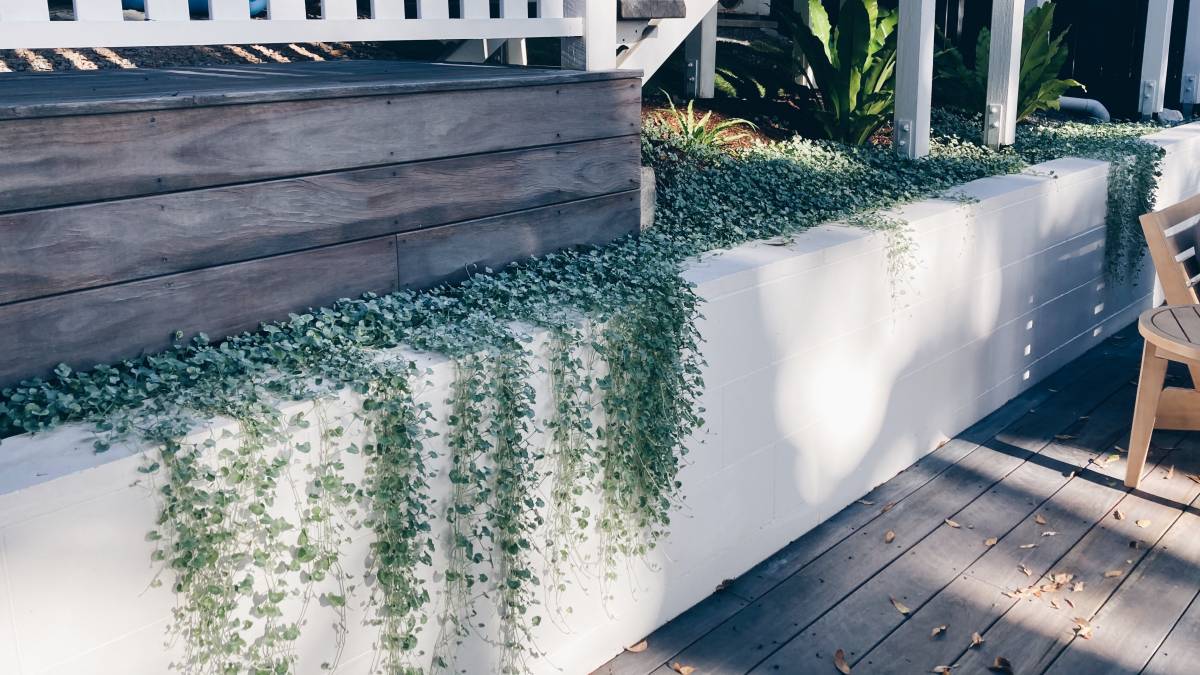An Unbiased View of Retaining Wall And Garden Wall Construction
Wiki Article
Retaining Wall And Garden Wall Construction Can Be Fun For Anyone
Table of ContentsThe Best Guide To Retaining Wall And Garden Wall ConstructionRetaining Wall And Garden Wall Construction - QuestionsRetaining Wall And Garden Wall Construction Fundamentals ExplainedRetaining Wall And Garden Wall Construction Fundamentals ExplainedNot known Incorrect Statements About Retaining Wall And Garden Wall Construction
If this gradient is not controlled, the wall will move or stop working. Rain that runs the top of a preserving wall surface can harm the dirt and also plants on either side, deteriorating them away. Water drainage systems divert this water from vulnerable locations, reducing the impact to the structure and its environments.
Load it with crushed rock or crushed rock. All preserving wall surfaces must consist of drain stone even if a draining pipeline is not called for. Location filter material above the drainage rock and also listed below the topsoil. That stops great material and raw material from congesting the drain stone. If your retaining wall surface requires a drain pipe, make sure the pipeline has ports on all sides, not just one.
Retaining Wall And Garden Wall Construction Can Be Fun For Everyone
Clay or various other inadequate draining dirts are behind the wall surface. There are buried water resources within 50 feet of the retaining wall surface location 5.

Fabricated wall utilized for sustaining soil between 2 various altitudes Keeping wall surfaces are reasonably rigid walls utilized for sustaining dirt laterally to ensure that it can be preserved at various degrees on the two sides. Keeping walls are frameworks designed to limit dirt to an incline that it would not normally keep to (typically a steep, near-vertical or vertical slope).
Retaining Wall And Garden Wall Construction Things To Know Before You Get This
A retaining wall surface that preserves dirt on the backside and water on the frontside is called a seawall or a bulkhead. A preserving wall surface is developed to hold in area a mass of planet or the like, such as the side of a balcony or excavation. The structure is constructed to stand up to the side pressure of dirt when there is a preferred change in ground altitude that surpasses the angle of repose of the soil.These are cantilevered from a ground and also increase over the grade on one side to maintain a higher level quality on the opposite side.

This reduction decreases the stress on the keeping wall. (phi) and the cohesive toughness (c) of the preserved product, as well as the direction and also size of movement the preserving framework undergoes.
The Only Guide to Retaining Wall And Garden Wall Construction
Numerous kinds of maintaining wall surfaces Construction sorts of gravity preserving walls Gravity wall surfaces rely on their mass (rock, concrete or other click here for info heavy material) to resist stress from behind as well as might have a 'batter' trouble to boost stability by leaning back toward the kept dirt. For short landscaping walls, they are usually made from mortarless stone or segmental concrete units (masonry units).Diaphragm walls are costly walls, yet they conserve time and area, and therefore are utilized in urban building and constructions. Sheet stack retaining wall surfaces are usually made use of in soft soil and also tight rooms.

Retaining Wall And Garden Wall Construction Fundamentals Explained
An anchored preserving wall can be built in any one of the aforementioned designs yet also includes extra toughness using cable televisions or various other keeps anchored in the rock or soil behind it. Normally driven right into the material with boring, anchors are then increased at the end of the wire, either by mechanical means or commonly by infusing pressurized concrete, which expands i loved this to develop a light bulb in the dirt.Report this wiki page